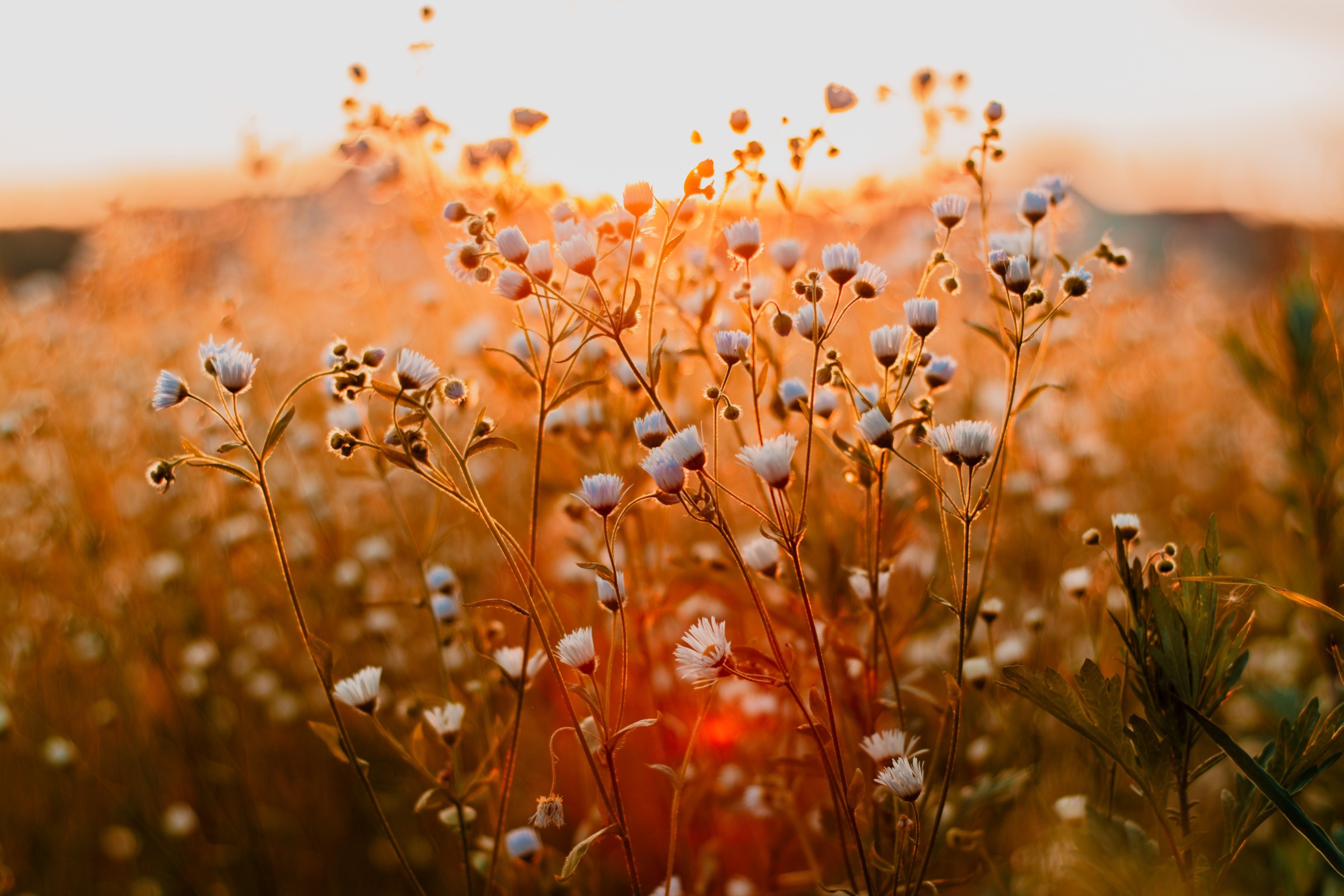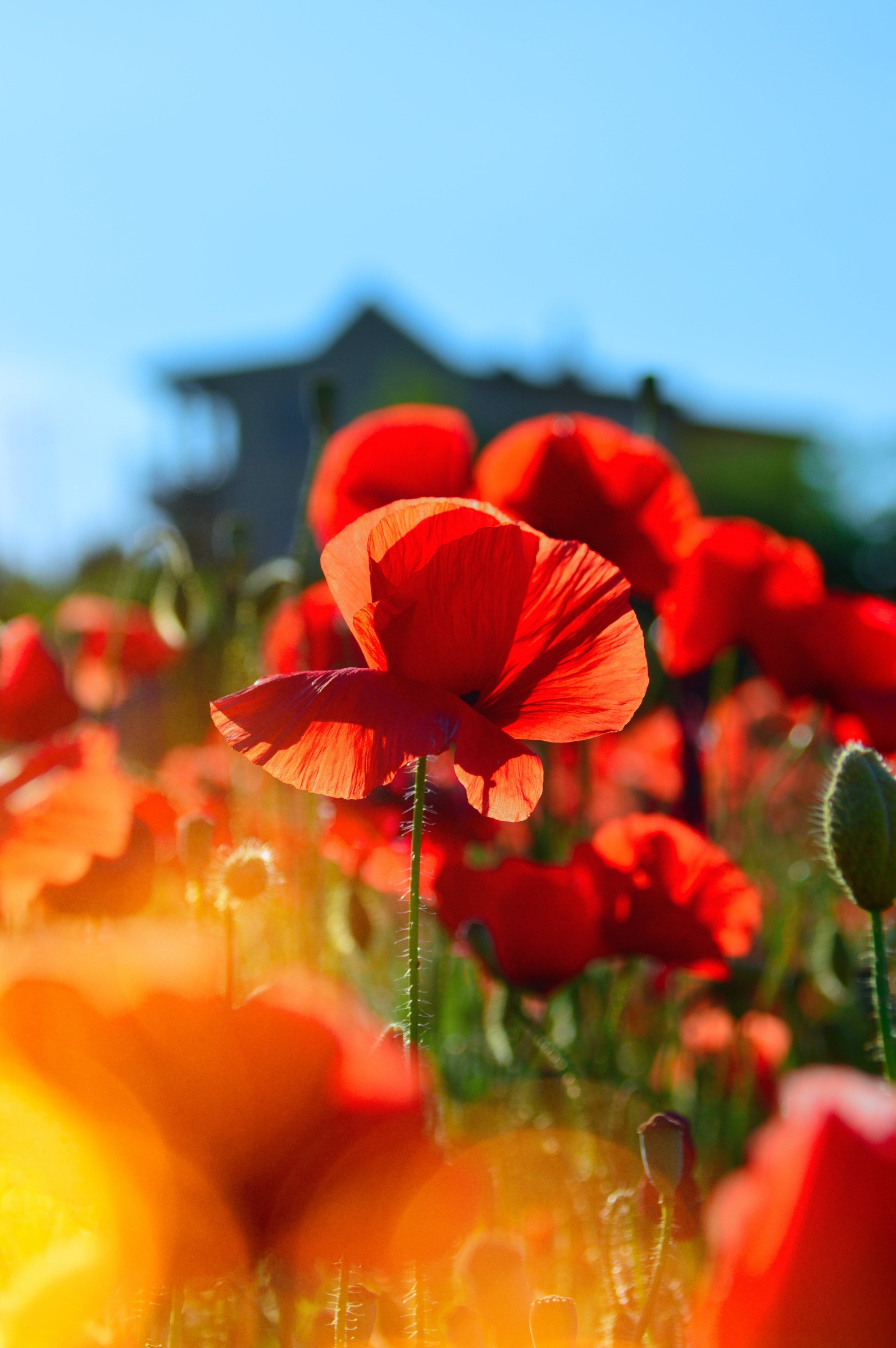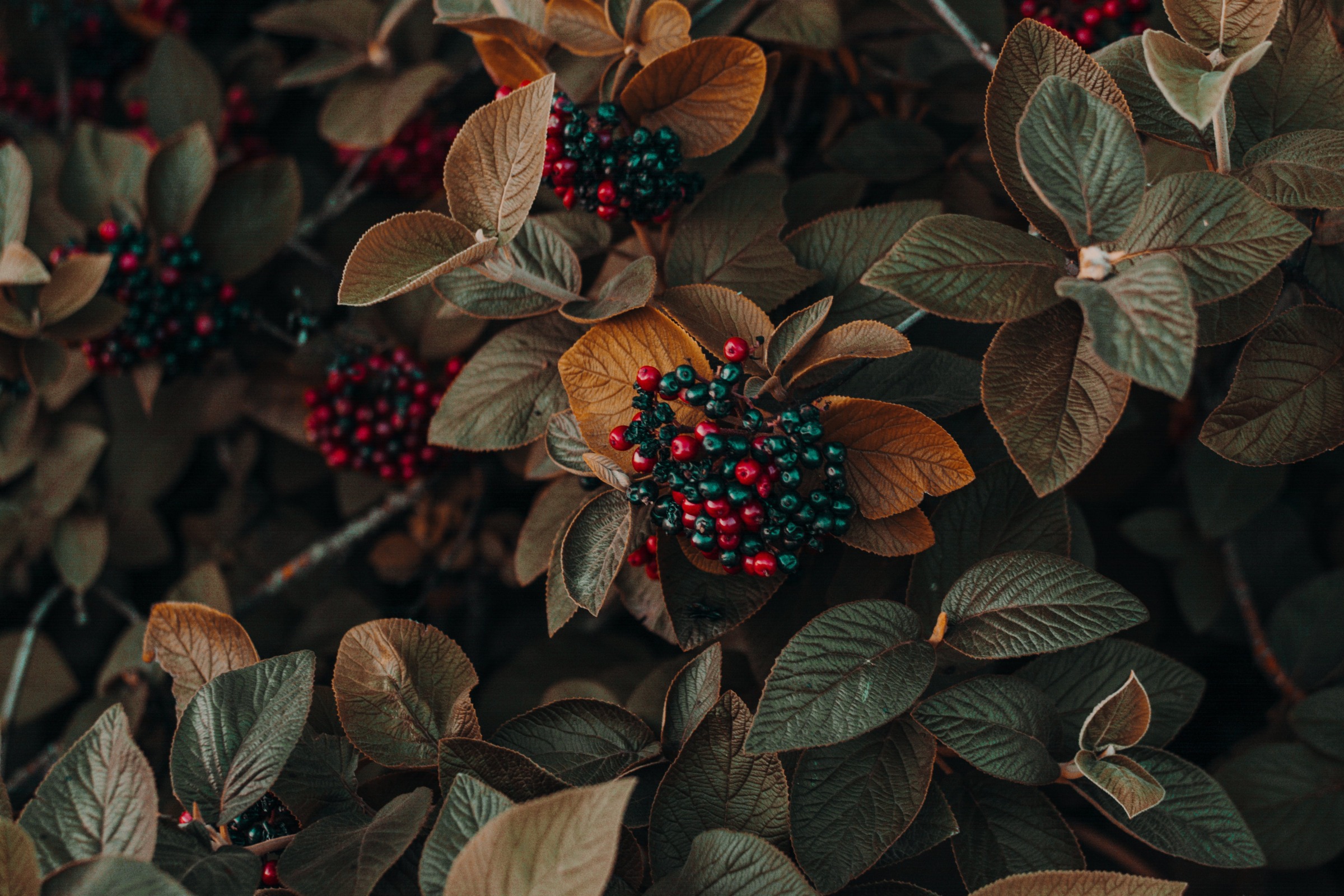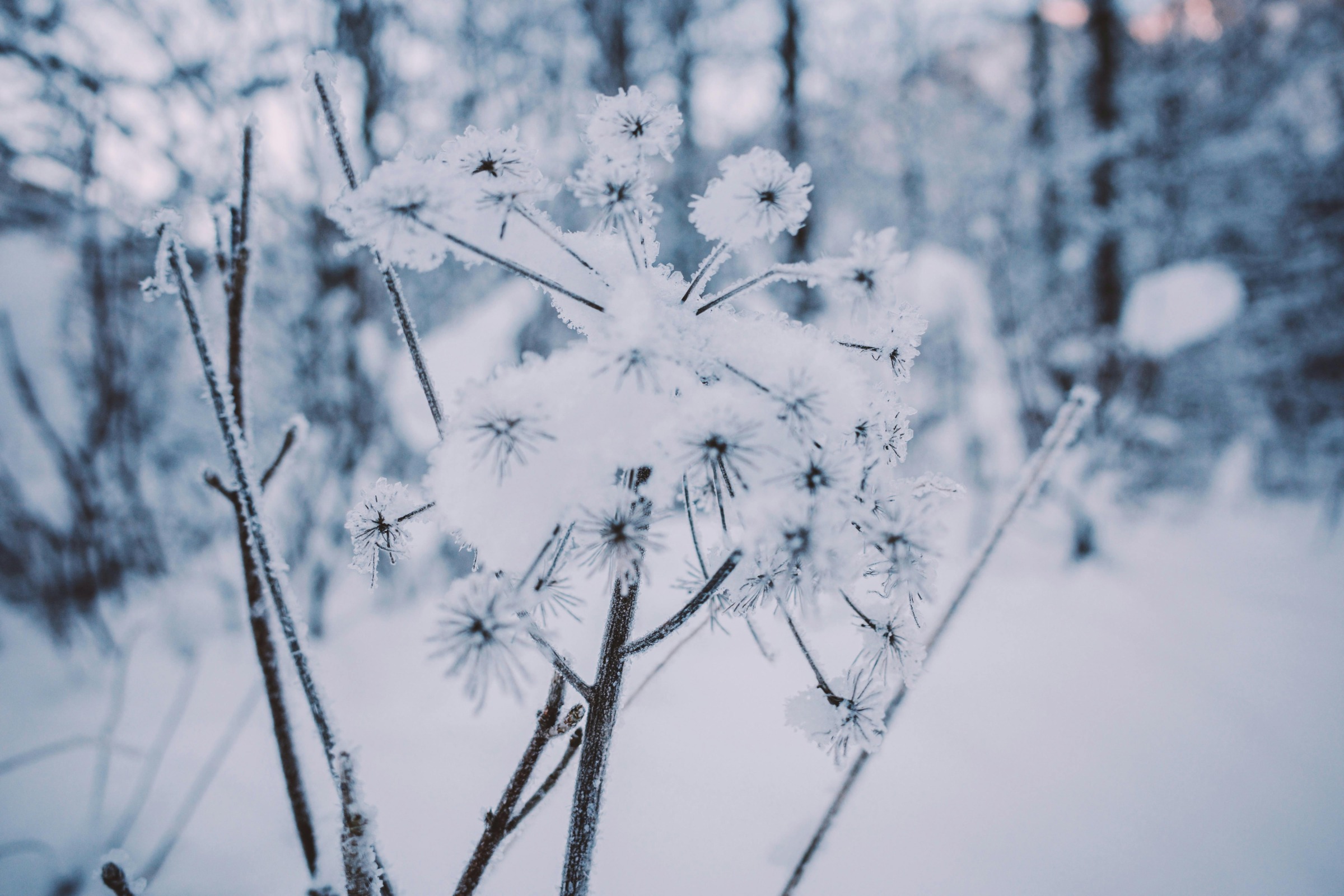“Elephant ears” is the common name for a group of tropical perennial plants grown for their large, heart-shaped leaves. Most of these herbaceous species in the arum or aroid family (Araceae) that are offered as ornamentals belong to the genera Colocasia, Alocasia, and Xanthosoma, although there are others that have similar appearance and growth habits.
The first two genera are native to tropical southern Asia, Indonesia, Malaysia, New Guinea, parts of Australia, or the Pacific Islands, while Xanthosoma is native to tropical America. Many of the species have long been grown for the edible starchy corms or tubers as an important staple food in tropical regions.
The leaves are edible, but they (and all parts of the plant) contain needle-like crystals of calcium oxalate which are a skin irritant, so they must be cooked first.
One of the most widely grown species is C.esculenta, called taro and many other common names. It has been cultivated in Asia and Polynesia for thousands of years, with over 200 cultivars selected for culinary or ornamental characteristics. This species naturalizes readily in wetlands in mild climates and is considered an invasive species along the Gulf Coast.
In the Midwestern garden these plants are grown for their flat sagittate (arrow- or heart-shaped) leaves that often have prominent veins. In their native habitat the smooth, waxy leaves will grow 3 feet long and 2 feet wide or more (depending on the species) but they tend to be much smaller when grown as a seasonal plant.
The leaves are held on the end of long, thick, succulent petioles coming directly from the underground corm. The petiole attaches near the center of the lower surface of the leaf (peltate) and the leaves are held perpendicular to the upright petiole with the leaves facing upward or outward.
The leaves of Alocasia and Xanthosoma are usually not peltate and are held more upright. These plants generally grow from corms (commonly called bulbs, although they are not true bulbs),
but some types also produce long, slender stolons (above ground runners), and others do not form corms. The lumpy corms with rough ridges have a brown skin and a white or pink interior. Some types of elephant ears also produce smaller tubers or “cormels” (also called “eddos”) which grow off the sides of the main corm. Although elephant ears are grown primarily as foliage plants, they can bloom – but flowers are not common in the Midwest. The inflorescences are the typical aroid type with a white to yellow or light green spathe surrounding the spadix. They can be large, fragrant and attractive, but are normally hidden underneath the foliage. Fruits are globular green or yellow berries containing several seeds.
The standard emerald green C. esculenta, with a matte finish, used to be about the only type of elephant ear available to Midwestern gardeners, but over the past couple of decades breeding programs have produced a lot of new ornamental varieties. They vary in size from 8 inches to over 9 feet, but most are in the 3 to 5 foot range. Some of the many interesting cultivars available include (C. esculenta unless otherwise noted):
‘Coffee Cups’ (sometimes incorrectly called ‘Tea Cups’) – is a vigorous hybrid with smaller leaves on very tall dark petioles with the blades folded upward to form a cup-shape.
‘Hilo Beauty’ – is a small variety (about a foot tall) of Alocasia with irregular yellow or cream flecks on the dark green leaves.
‘Illustris’ (imperial taro, var. antiquorum) – has dark green matte leaves with a purple to black luster and bright green veins and petioles. The plants spread by underground runners. Color is more intense in bright light, but the leaves are never as dark as ‘Black Magic’ or many other black varieties.
Use elephant ears to add a bold, tropical look to the landscape in borders, mass plantings or in containers. These fabulous foliage plants add dramatic contrast with both the size and color of the leaves and their form. They combine well with other tropical plants such as bananas, castor bean, colorful caladiums,
Chinese hibiscus and mandevillea, but they also provide wonderful textural contrast with more typical temperate bedding plants, ferns, or ornamental grasses. Pair dark-leaved varieties with any white, yellow, or orange-flowering plant for vivid contrast. The clumping varieties have an attractive vase shape so a single plant can provide an interesting focal point in the garden when planted in the midst of low-growing annuals such as petunias or begonias. Add them to large aquatic containers in combination with papyrus and water lilies or keep them in individual containers to mix and match with other plants on a deck or patio.
Many types of elephant ears can be grown in partial shade, but the darker colored varieties are best grown in full sun. All need rich, moist soil and nearly all are perfect at the edge of a pond. Most can be grown in a few inches of standing water, and can be added to water gardens as emergent plants (the roots in water and with the soil just covered with water, but the plants not submerged).
These tropical plants grow best in warm temperatures and high humidity. They may languish in Midwestern gardens until warm summer conditions begin, and they will also falter when temperatures drop below 50F for prolonged periods of time.
The plants continually produce new leaves throughout the growing season. The older leaves that gradually die off can be removed to keep the plants looking tidy. Be sure to consider the potential for the elephant ear to shade out smaller plants as they grow when you choose a planting location in the spring.
Although they can be grown from seed, to grow large elephant ears, start with a large bulb or rooted plant (many of the newer cultivars are only offered as tissue cultured plants that have not formed bulbs yet). It will take a few weeks for the first leaves to appear from the bulb. These frost-tender perennial plants are best started indoors, potting up the bulb in March, placing the top of the bulb close to the soil surface, and keeping it in a warm location until it is planted outside when the weather warms up, usually in late May or early June.
Provide copious water and fertilizer as the plants grow, especially for those in containers, as they are heavy feeders. For plain green-leaved elephant ears, you can purchase taro (also called coco yam) root in Asian grocery stores and grow it instead of eating it (if the corms haven’t been treated with something to prevent growth).
Elephant ears can be grown as annuals, starting with new plants each year, or may be kept over the winter (most are hardy only to zone 8). Plants that have formed bulbs can be dug, dried and stored like cannas or dahlias after frost has killed the foliage. Illustris with other tender annuals. Alocasia x amazonica ‘Poly’
Those without bulbs are harder to keep indoors, although it may be possible to keep them going as houseplants if kept in a warm, bright location. It is best to bring plants to be kept as houseplants indoors before temperatures get into the 30’s. Cut back all but the top two leaves and keep at room temperature in bright light. Keep plants on the drier side when they are semi-dormant and resume regular watering and fertilizing when growth resumes in the spring. – Susan Mahr, University of Wisconsin – Madison
The Stunning Dark Purple Elephant Ear Plant: A Tropical Beauty for Your Garden
Elephant ear plants are known for their wonderfully oversized, heart-shaped leaves that can grow up to 3 feet long While the most common varieties have green leaves, there are some absolutely gorgeous dark purple types that will really make your plantings pop In this article, we’ll explore why you should consider adding one of these dramatic beauties to your own garden.
What Exactly is a Dark Purple Elephant Ear Plant?
Elephant ears belong to the Araceae family which includes calla lilies and anthuriums. There are 3 main genera: Colocasia, Alocasia, and Xanthosoma. The dark purple varieties are most commonly Colocasia, specifically C. esculenta.
These tropical plants grow from tubers, similar to dahlias or canna lilies. Their natural habitat is swamps and ponds in tropical Southeast Asia, so they appreciate warm, humid environments.
The dark purple types have deep burgundy to nearly black foliage and stems The undersides of the leaves often have an attractive grayish bluish “bloom” when new. The leaves emerge with a bit more purple pigment when the plant is grown in full sun. In deep shade, they may appear more green
Some Popular Dark Purple Varieties Include:
-
Black Magic – The poster child for dark elephant ears with gorgeous blackish-purple leaves and lighter veins. Grows 3-4 feet tall.
-
Black Sapphire – Aptly named, with gem-toned foliage so dark it appears black. Forms a large 5 foot tall clump.
-
Black Ripple – A compact variety growing just 2-3 feet tall, making it ideal for containers. Crinkly, ruffled edge leaves.
-
Fontanesii – Elegant 6 foot wide leaves with black stems and veins. More greenish-purple leaves.
-
Illustris – Graceful pointed leaves with bright purple undersides. Deep purple tops look nearly black. Grows huge at 8 feet tall!
Why Grow a Dark Purple Elephant Ear?
There are many great reasons to add one of these showstoppers to your garden:
-
They provide drama and contrast. The super-saturated purple-black foliage makes an incredible visual impact. They look amazing paired with silver, chartreuse and bright colors.
-
Unique texture. In addition to the striking color, elephant ears have a cool, velvety leaf texture and glossy sheen when new.
-
Size matters. Got a boring fence or blank wall? Plant a dark purple elephant ear in front and let the huge leaves work their magic.
-
Low maintenance. Once established, these tropicals are quite unfussy, pumping out enormous leaves even in poor soil.
-
Fast growers. They emerge quickly in spring, often gaining a new leaf each week. Reach mature size in one season.
-
Winter interest. After frost, their dead leaves and stalks left standing provide architectural interest contrasting with snow.
-
Wildlife value. Butterflies, hummingbirds and more are attracted to them.
How to Grow Dark Purple Elephant Ears
While they hail from the tropics, elephant ears are surprisingly easy to grow. Here are some tips for success:
-
Plant tubers in spring after last frost. Soak first if shriveled. Dig a hole and mix in compost to improve drainage.
-
Set the tuber 2-3 inches deep with growth buds pointing up. Backfill and tamp down lightly. Space plants 3-5 feet apart depending on mature size.
-
Provide at least 6 hours of sun for best color. Morning sun is ideal. Keep soil consistently moist but not soggy. Mulch well.
-
Apply a balanced liquid fertilizer every 2-3 weeks during active growth. Stake tall varieties as needed. Remove damaged leaves and stalks as they occur.
-
In zones 7-10, leave roots in ground over winter. In colder zones, dig up tubers after frost and store dry for winter.
-
Divide crowded clumps every 2-3 years in early spring.
Troubleshooting Problems
Elephant ears are not prone to many issues, but may experience:
-
Leaf spots or blight – improve air circulation and avoid wetting leaves. Apply fungicides if needed.
-
Chewed leaves – apply organic insecticidal soap spray for pests like Japanese beetles.
-
Rotting tubers – ensure good drainage and amend soil with compost.
-
Drooping or yellow leaves – adjust water, light, fertilizer. Stake heavy leaves.
Designing With Dark Purple Elephant Ears
Here are some great ways to incorporate these beauties into your garden:
-
Pair them with chartreuse sweet potato vine for high contrast.
-
Underplant with silver Dusty Miller for contrast.
-
Mix into a tropical garden with cannas and bananas.
-
Edge a pond or stream for strong vertical interest.
-
Use as a focal point in a large container with trailing scaevola.
-
Plant in rows along a fence alternating with variegated shell ginger.
-
Use as a lush background for white bloomers like mandevilla vine.
The Stunning Foliage of Dark Purple Elephant Ears
In addition to providing incredible drama, dark purple elephant ears offer huge tropical appeal with their bold leaves and stature. If you have a lackluster garden area begging for something special, think elephant ear! Their fast growth, low maintenance and winter interest make them a superb choice. With so many outstanding dark leaf varieties to pick from, there is one perfect for your own garden’s needs. Just be sure to give them adequate moisture and light for these beauties to really thrive.
/elephant-ear-black-contrast-big-5793beb73df78c1734bd1e51.jpg)
Featured Articles by Season




Latest from Wisconsin Yard & Garden
If you’re unable to find the information you need, please submit your gardening question here:
How To Grow Colocasia Black Magic. Unboxing and Colocasia Care Tips
FAQ
How to care for purple elephant ears?
- Elephant ears thrive in bright, indirect light.
- While they can tolerate full sun, partial shade or dappled sun is ideal, according to Southern Living.
What is the black purple elephant ear plant?
Colocasia esculenta “Black Magic”
Black Magic Elephant Ear is a unique plant that produces stunning solid purple-black, 2ft long leaves. This amazing plant is ideal for a garden that needs an addition to catch the eye. Black Magic thrives in a position of partial to complete sunlight and in climates with warm Summers.
Is there really a purple elephant ear?
They say purple is the color of royalty, and once you see the Purple Cloak Elephant Ear mature into elongated, purple-green leaves, you’ll know why.
